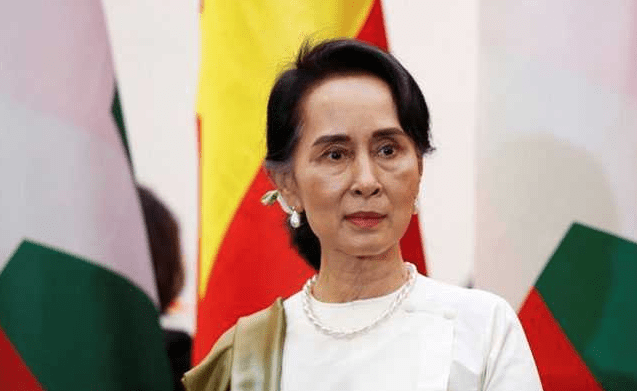It hasn’t been an easy last four decades for Nicaragua.
In 1979, the little Central American country endured a brutal overthrow of the oppressive Somoza family dynasty that had ruled the Central American country since 1936, followed by an even more brutal, but short-lived civil war between leftist and rightest factions.
(The skirmish ended with Marxist Sandinista guerrillas coming to power and holding on to that power for nearly a decade before losing to neoliberalist governments in the 1990s and early 2000s.)
Then there was the devastating destruction of Hurricane Mitch (the second-deadliest hurricane on record) in 1998, which hit just when the country was beginning to resume a path of sustained growth and development.
Mitch displaced nearly 400,000 Nicaraguans and cost the country’s economy and infrastructure a staggering $1 billion, according to the United Nations Economic Commission for Latin America and the Caribbean (ECLAC).
But in 2006, Nicaragua reclaimed its on-again-off-again leftist Sandinista heritage when Daniel Ortega Saavedra was elected president and then reelected in both 2011 and 2016.
At first, Ortega’s notoriety as a leftist revolutionary tended to put off potential international investors, who feared he might, at any given time, nationalize their companies and toss them out of the country with no real financial compensation.
But instead of following in the footsteps of his more extremist counterparts in Venezuela and Bolivia, Ortega decided to embrace a softer form of socialism that favored private-sector capital and free trade.
Despite a reputation for having a weak judicial system, a stilted land-titling structure and a prevalence of rampant government corruption, the Ortega administration began to entice global investors by offering fiscal and other incentives in a wide range of industries, including the forestry, mining and tourism sectors.
And while there has, under Ortega’s watch, been a noticeable surge in the role of state and parastate corporations in the economy, a consistent record for social and political stability and the promise of a new inter-oceanic canal have persuaded previously hesitant transnational firms to take an economic leap of faith and invest in Nicaragua.
Moreover, although Nicaragua is still ranked as the second-poorest country in the Western Hemisphere (after Haiti) and nearly half of its exports are low-value-added agricultural and textile products, disciplined macroeconomic policies, combined with a steady expansion of trade and foreign direct investment have helped the country to maintain growth levels far and beyond the average of other Latin American and Caribbean nations.
To its credit, the Ortega government has managed to balance macroeconomic growth with pioneering strategies to fight poverty, particularly in remote rural communities (thanks in large part to debt relief by the World Bank’s International Development Association).
According to the Standard of Living Survey by the country’s own National Development Information Institute, between 2009 and 2014, general poverty in Nicaragua decreased from 42.5 percent to 29.6 percent, and during the same period, extreme poverty in the country fell from 14.6 to 8.3 percent.
So when Nicaraguan Ambassador to Mexico Tamara Hawkins de Brenes hosted a diplomatic reception at her embassy last month to celebrate the 38th anniversary of the Sandinista Revolution, she had a lot to be proud of.
“The Sandinista National Liberation Front is the only party in Latin America to triumph both through armed and electoral means,” she said, as she welcomed her guests with a traditional national day speech.
And after detailing how the leftist group had resisted against a U.S.-led coalition trying to overthrow it, Hawkins de Brenes noted that it in essence reinvented itself in 2006 as it took on the role of governing and “national reconstruction.”
She went on to point out that Nicaragua has undergone a major agrarian reform that incorporated the interests of both farmers and private-sector enterprises to become sustainable and profitable, leading to a mixed economy with agricultural cooperatives and small- and medium-sized producers.
This careful balance of individual and corporate interests, Hawkins de Brenes said, is the reason that Nicaragua is now the fastest-growing economy in the region and the most stable in terms of public safety.
At the heart of this political and economic success, she said, is a government commitment to reconstruction, reconciliation and national unity.
Nicaragua is not completely out of the woods as yet.
There are still serious problems with unemployment and underemployment, and the long-promised trans-oceanic canal is still looking for backers.
But for all it has endured for the last four decades, there is no denying that the country is now, at last, on track to break free from its traditional yoke of Third-World poverty and political uncertainty.
Thérèse Margolis can be reached at [email protected].










